Six reasons to visit the most storied Channel Island, open from April 26
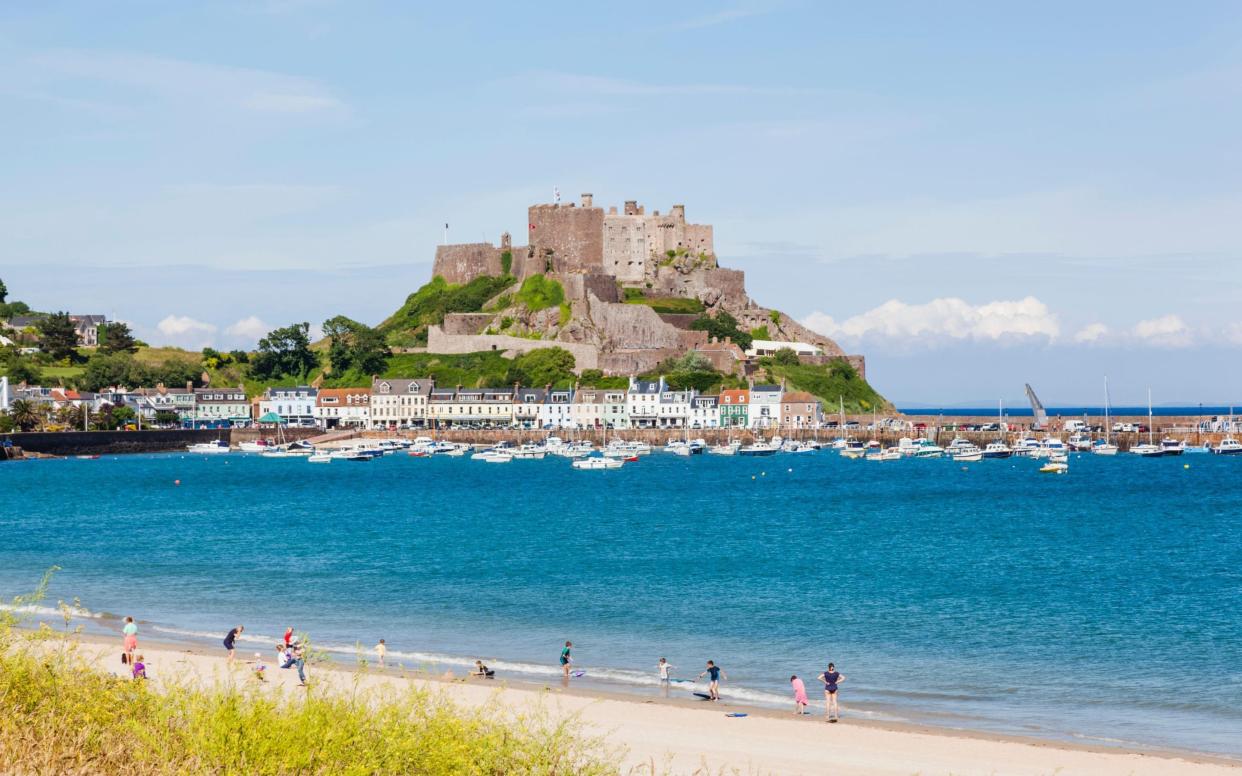
Jersey is to reopen travel links with the UK on April 26, paving the way for holidays on the island.
With our European neighbours set to be off the travel menu until perhaps after May 17, Jersey could provide an alternative break this summer. After all, it clocked up more sunlight hours in 2020 than anywhere else in the British Isles.
Yet Jersey offers much more than a break from English staycation washouts. The island still wears the traces of its past; ancient castles, Nazi underground tunnels and Neolithic burial chambers are among the remnants to explore.
Get up close to neanderthal caves
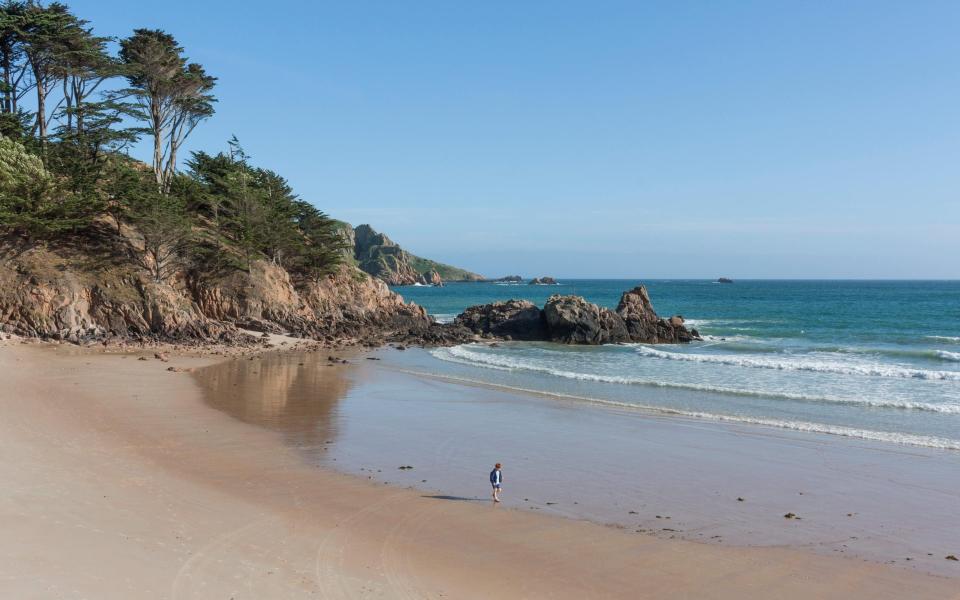
Tucked away on one of the island’s finest beaches, St Brelade’s Bay, lies La Cotte cave. It was here, in the early 20th century, that archaeologists discovered mammoth remains, along with a woolly rhinoceros’ skull, teeth and tools. It's believed the cave’s early residents hunted their prey by driving them off the steep cliffs above. And it is the only site in the British Isles where late Neanderthal fossils have been found. In 1968 Prince Charles joined excavations of the cave while a student at Cambridge University.
Insider’s tip: Although the cave is not open to the public, Jersey Kayak Adventures run tours of the coast, which include up-close views of the cave.
Opening times: Vary depending on tides (jerseykayakadventures.co.uk).
Seek out Neolithic burial chambers
Visit some of Jersey's many dolmen – standing stones and burial chambers built with granite slabs – which are dotted across the island. One of the most easily-accessed lies along the Railway Walk (also a lovely place for a cycle ride) at Rue de la Corbiere. Known as 'La Table des Marthesis’, the remains date back to the early Bronze Age.
While many of the sites are free to visit, it is worth parting with the small access fee to La Hougue Bie, where you can view Europe's finest example of a Neolithic Passage Grave.
Insider’s tip: A downloadable list of all the Neolithic sites on the island is available on the Jersey Heritage website.
Opening times: Daily, March 17– November 1; 10am–5pm (01534 853 823; jerseyheritage.org).
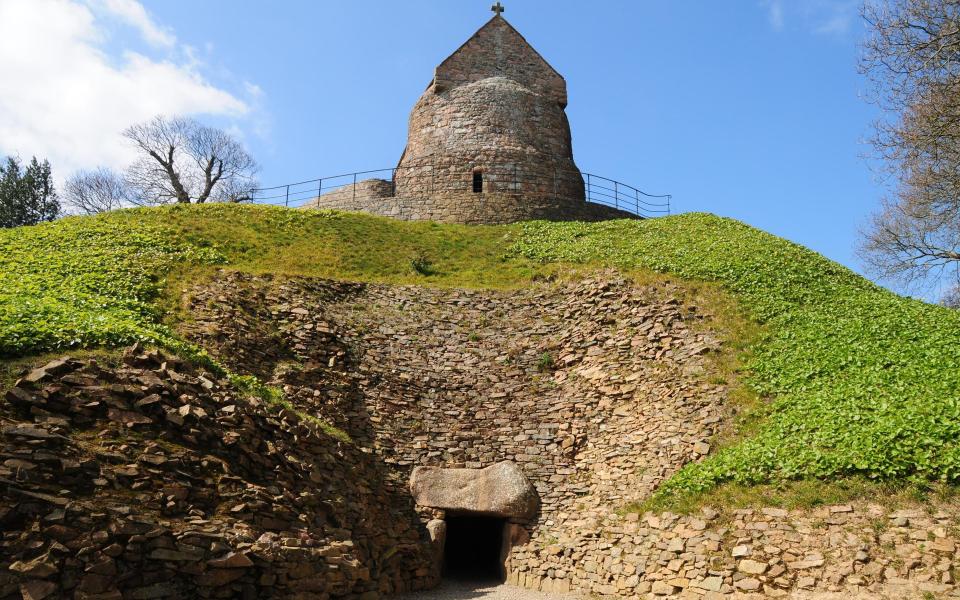
Count Celtic coins
If you do pay a visit to La Hougue Bie, then take a look at the Celtic coin collection, which was discovered on the island in 2012. Known as the Grouville Hoard, after the parish in which it was found, the major archaeological find consists of gold and silver treasure. It is thought to have belonged to a Curiosolitae tribe fleeing Julius Caesar's armies around 50 to 60 BC.
The number of coins has been verified as 69,347 – breaking the record for the largest collection of Iron Age coins. It is worth an estimated £10 million.
Insider’s tip: Though a selection of the coins is on display at La Hougue Bie, learn more about the discovery, as well as the rest of the island’s treasures, at the Jersey Museum – the onsite café, The Yard, is also an ideal spot for brunch.
Opening times: Daily, March 27– November 3; 10am–5pm (01534 853 823; jerseyheritage.org).
Learn about the Nazi occupation
During the Second World War, the Channel Islands were the only part of Britain to be occupied by German forces. The five-year occupation was brutal – food was sparse, all radios were confiscated and curfews were set for locals. It came to an end on 9 May 1945, a date which is still celebrated in Jersey with an annual bank holiday.
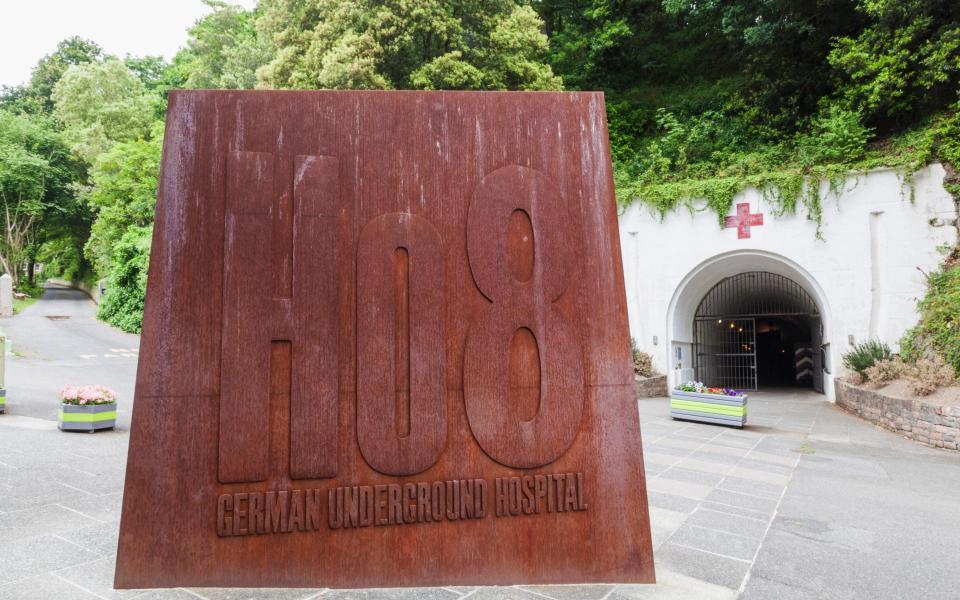
The scars of the German occupation remain across the island, with concrete bunkers and watchtowers littering the coastline, but the most well-preserved are the War Tunnels. Situated in the quaint parish of St. Lawrence, the underground tunnels span over a kilometre and bring to life the experiences of locals living under German command. Artefacts on display include prams made to conceal bread, photographs from the period, and the ingenious methods islanders used to organise secret gatherings.
Insider’s tip: Book onto a bunker tour with a local guide to hear first-hand the tales of Jersey’s occupation
Opening times: Spring 2021 times tbc,(jerseybunkertours.com; jerseywartunnels.com).
Seek out castle views
Overlooking the picturesque fishing village of Gorey, Mont Orgueil Castle (Mount Pride) was built to guard the island’s east coast and has stood for more than 800 years. It was seized by the French during the War of the Roses in 1461, then later became known as the ‘Old Castle’ when Elizabeth Castle was built in St Aubin’s Bay in 1601.
Insider’s tip: Climb up to the battlements to take in views of the French coast.
Opening times: Daily, March 17– 1 November; 10am– 6pm (01534 853 823; jerseyheritage.org).
Follow in Victor Hugo’s footsteps
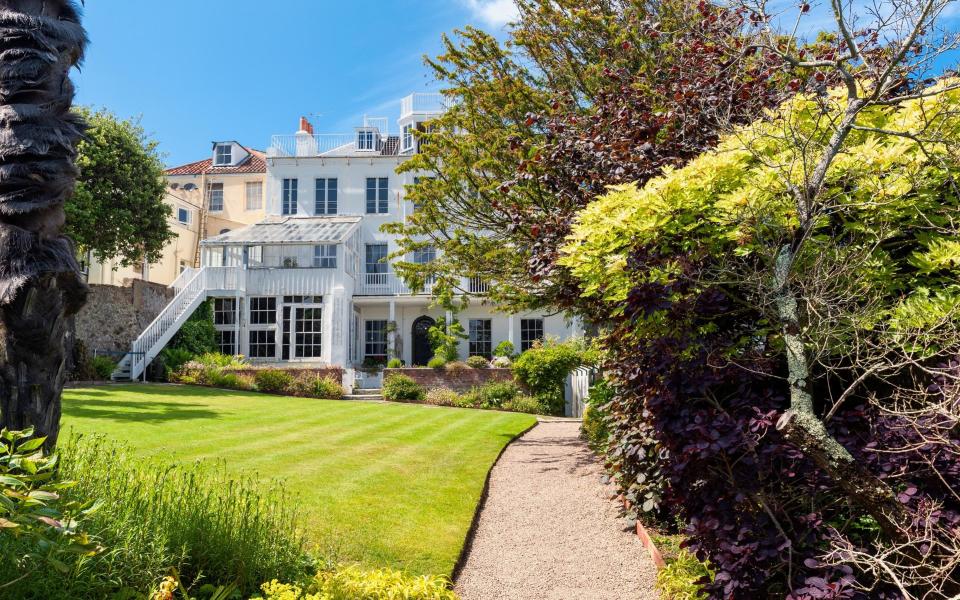
Writer Victor Hugo arrived in Jersey in exile in 1852, before later moving to the neighbouring island of Guernsey. Hugophiles can follow his journey by hopping onto the ferry to visit Hauteville House, in St. Peter Port, Guernsey, which is where he wrote Les Misérables.
Insider’s tip: Relive Hugo’s first few days in Jersey by checking into the luxury Pomme D’Or Hotel, in the island’s capital, St. Helier (seymourhotels.com/pomme-dor-hotel).
Opening times: Varies depending on tides (condorferries.co.uk; maisonsvictorhugo.paris.fr/en).
Note that while Jersey is opening its borders, all visitors will need to undertake three PCR tests – on arrival, and on days five and 10. Depending on which area of the UK visitors are travelling from, they may need to isolate. All passengers arriving in Jersey must also still complete a Safer Travel registration 48 hours prior to arrival.

